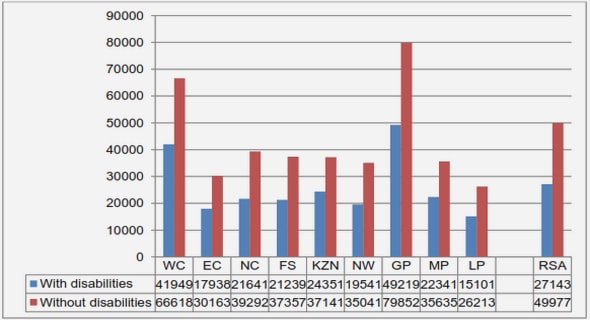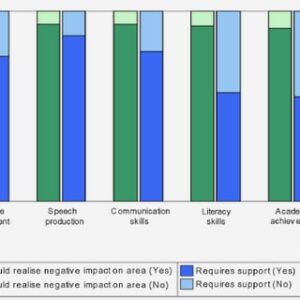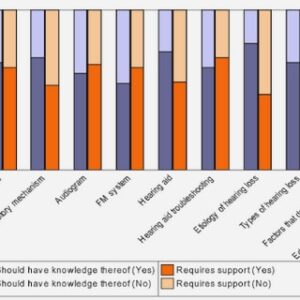(Downloads - 0)
For more info about our services contact : help@bestpfe.com
Table of contents
1 State of the art
1.1 Introduction
1.2 Structural restoration
1.2.1 Geometric and kinematic restoration
1.2.2 Geomechanical restoration
1.3 Stokes flow
1.3.1 General equations
1.3.2 Application to restoration
1.4 Numerical methods
1.4.1 Material representations
1.4.2 The FEM method
Appendices
1.A Using a Stokes flow code to simulate other types of rheologies .
2 FAIStokes
2.1 Introduction
2.2 Code and specificities
2.2.1 Material discretization of a geological model
2.2.2 FEM discretization
2.2.3 Grid and solvers
2.2.4 Velocity interpolation
2.2.5 Free surface implementation
2.3 Benchmarking a creeping flow code
2.3.1 Taking into account small scales inside a model : the Rayleigh Taylor instability benchmark
2.3.2 Taking into account viscosity changes : the falling block benchmark
2.3.3 Advecting particles : the rotation benchmark
2.3.4 Taking into account the top surface in contact with air : the free surface benchmark
2.3.5 Upgrading the free surface movement : the sloshing benchmark.
Appendices
2.A FAIStokes parameter file
3 First results and first issues
3.1 Introduction
3.2 Results on simple models
3.2.1 The upscaled Van Keken model
3.2.2 The stratified overburden diapir model
3.3 Introducing more geological conditions
3.3.1 Dealing with the free surface in a backward creeping flow scheme
3.3.2 The simplified graben model
3.4 First assessment of the choice of parameters
3.5 Discussion on the results
4 Restoration of an analogue model
4.1 Introduction
4.2 From the laboratory experiment to the numerical model
4.2.1 Available data
4.2.2 Creation of the numerical model
4.3 Choosing the boundary conditions
4.3.1 Restoration using kinematic boundary conditions
4.3.2 Upgrading the kinematic conditions to natural boundaries
4.4 Choosing the model parameters
4.5 Discussion on the analogue model results
Appendices
4.A Impact of the Poisson coefficient
General conclusions
Bibliography



